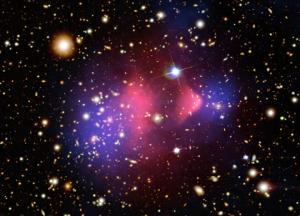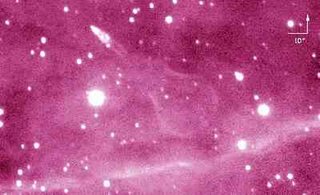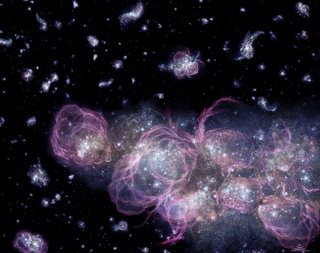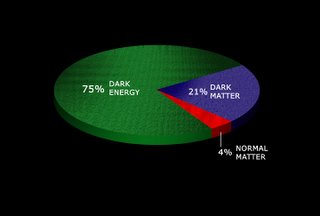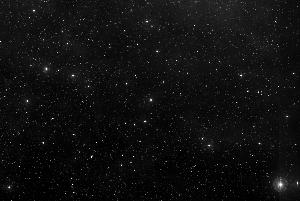
The number 1729 is called the Hardy-
Ramanujan number, and it is the smallest nontrivial
Taxicab number, i.e., the smallest natural number representable in two ways as a sum of two cubes:
1729 = Ta(2) = 13 + 123 = 93 + 103.
The nth taxicab number Ta(n) is the smallest natural number representable in n ways as a sum of positive cubes.
The number derives its name from the following story G. H. Hardy told about Ramanujan.

"Once, in the taxi from London, Hardy noticed its number, 1729.
He must have thought about it a little because he entered the room where Ramanujan lay in bed and, with scarcely a hello, blurted out his disappointment with it.
It was, he declared, 'rather a dull number,' adding that he hoped that wasn't a bad omen. 'No, Hardy,' said Ramanujan, 'it is a very interesting number.
It is the smallest number expressible as the sum of two [positive] cubes in two different ways.'"
Nowadays, the Taxicab numbers are given by:
Ta(1) = 2
Ta(2) = 1729
Ta(3) = 87539319
Ta(4) = 6963472309248
Ta(5) = 48988659276962496
The sixth taxicab number is strongly believed but not yet proven to be 24153319581254312065344.
Visit to keep you informed.
1729 is the third Carmichael number and the first absolute Euler pseudoprime.
1729 is a Zeisel number. It is a centered cube number, as well as a dodecagonal number, a 24-gonal and 84-gonal number.
Investigating pairs of distinct integer-valued quadratic forms that represent every integer the same number of times, Schiemann found that such quadratic forms must be in four or more variables, and the least possible discriminant of a four-variable pair is 1729 (Guy 2004).
Because in base 10 the number 1729 is divisible by the sum of its digits, it is a Harshad number. It also has this property in octal (1729 = 33018, 3 + 3 + 0 + 1 = 7) and hexadecimal (1729 = 6C116, 6 + C + 1 = 1910), but not in binary.
1729 has another interesting property: the 1729th decimal place is the beginning of the first occurrence of all ten digits consecutively in the decimal representation of the transcendental number e, although, of course, this fact would not have been known to either mathematician, since the computer algorithms used to discover this were not implemented until much later.[2]
Masahiko Fujiwara showed that 1729 is one of four natural numbers (the others are 81 and 1458 and the trivial case 1) which, when its digits are added together, produces a sum which, when multiplied by its reversed self, yields the original number:
1 + 7 + 2 + 9 = 19
19 · 91 = 1729
Fujiwara claimed that he proved there are only four numbers that have the property. Even though it seems to be true, he never has shown his proof.
Further
1729 Trivia
Even Further
1729 Trivia
concerning e transcendental number and Richard Feynmann's japanese abacus competition
Galaxy
PGC16529 NGC 1729
Class: .SAS5..
Dimension: 1.6/ 1.3'
Blue Magnitude:
Color Index:
Surface Brightness:
Radial Velocity: 3553
J2000 RA: 5h00m15.70s DE:-03°21'10.0"
Date RA: 5h00m39.10s DE:-03°20'29.8"
Birmingham 2007-10-21 10h12m ( TU + 1h00m )
Sideral Time : 11h02m
Hour Angle : 6h01m
Azimuth :+268°13'
Altitude :-02°12'
Rise : 22h26m Azimuth:+94°45'
Culmination : 4h12m
Set : 9h58m Azimuth:+265°15'
Distance to the last object : +00°00'00.0" PA:180
0h00m00.0s +00°00'00"































